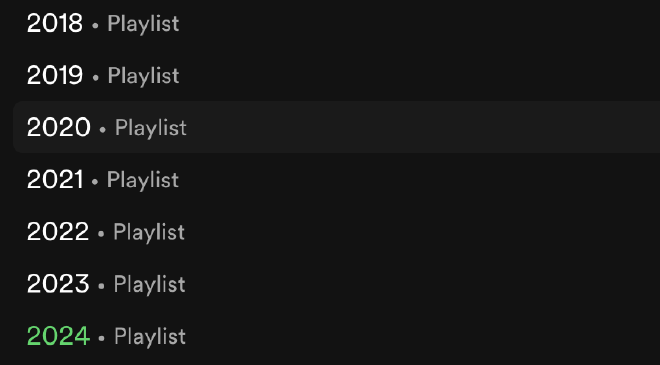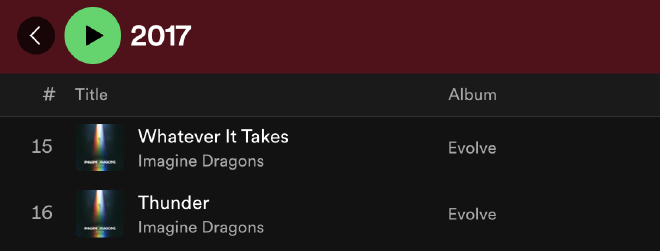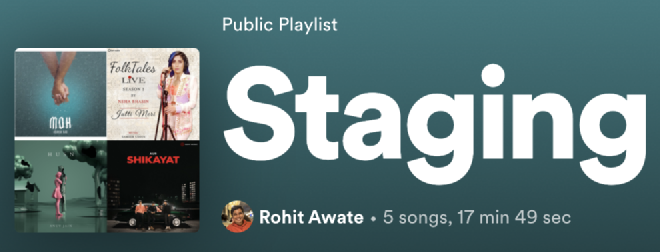Organize Your Music Chronologically
Like most people, I used to organize my music playlists based on either the genre or the language of the tracks. While this works great, playlists can grow huge and unwieldy. I often found myself scrolling through huge playlists to get to my tracks. I was looking for a way to organize my playlists based on some other attribute, and that’s when I realized a key insight into my listening patterns: I enjoyed listening to tracks that I had discovered around the same time in my life.
Thus, I started creating chronological playlists: one for each year of my life. All the tracks I discovered that year go into it. I discovered that this elevates the emotional impact of music. This might sound like a silly premise for a blog post, but this has really elevated my listening experience!
Here’s a sneak peek at a few of my playlists on Spotify:

Music is truly a time machine. Listening to old tracks brings back memories and creates an emotional response. Thus, it makes sense to organize your music into time-based buckets, each corresponding to a different stage of your life.
Each year represents a completely different stage of my life, and having my music organized this way allows me to channel a specific energy based on my mood. For example, when I want to be productive I play “2017” because that was a time when I spent long hours hacking away at personal projects back in college.

In some cases, I may add the same track to multiple playlists. This can be super powerful when you rediscover old tracks and hear them afresh. For example, I first heard Make Your Own Kind Of Music by Cass Elliot in early 2022 when it grew in popularity on Instagram reels. I never bothered looking up the song then, but when I recently stumbled upon it, I was hooked! I added it to both my “2022” as well as “2024” playlists.
I also have a special Staging playlist to which I add songs I liked, but didn’t necessarily love enough to add to one of my “year” playlists. I admit that this is overkill, and possibly even pretentious coming from a software engineer since we often use the term “staging” in software to denote something that’s not ready for primetime. I listen to these tracks for a while and if they grow on me, I promote them to an actual playlist.

If you decide to adopt this approach, you don’t have to stop at the granularity of a year. It could be a month, a season, or any arbitrary period. I find that a year offers an ample level of organization for me as I don’t listen to new music that often. Typically, I only add a couple of dozen new songs each year.
A word of caution: I did not build these playlists overnight, and you shouldn’t either. Let it be an iterative, organic process where you create playlists and add tracks as and when you listen to them. You’ll get more out of this structure that way.